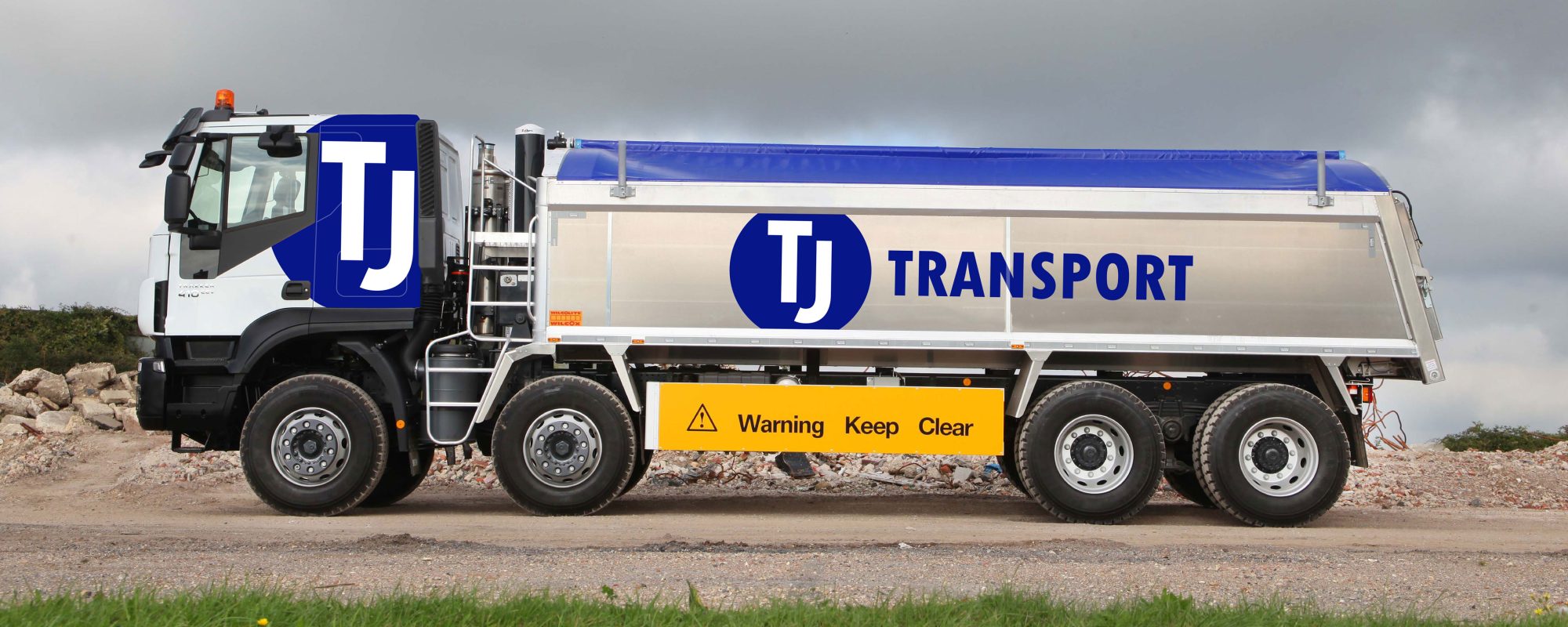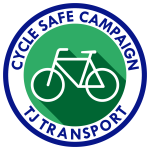Change your stored postcode to update prices for your location.
Across the UK, uptake of cycling – especially inner city – is on the increase, due to a growing population and higher density urban zones. Whilst this form of travel presents numerous benefits to the economy through congestion easing, and to the environment through emission reduction, it poses a growing risk to this vulnerable road user (VRU) group as exposure to vehicle road users increases, including HGV’s; especially in emerging cities or where highway infrastructure is (considered) insufficient, including, but not limited to Portsmouth, Hampshire. The county itself has a growing percentage of cyclist road casualties, according to the Department for Transport (DfT) the percentage of cyclists seriously injured or killed increased from 166 in 2012, to 209 in 2014 (STATS 19, 2014). As in other large urban areas such as London, cyclist collisions with HGV’s account for a disproportionate number of road casualties. Government figures report that HGV-cyclist incidents accounted for 23% of cyclist fatalities in 2013, despite HGV’s accounting for only 5% of traffic in GB.
As part of TJ Transports commitment to managing work related road risk (WRRR) with respect to vulnerable road users – especially cyclists – an integrated Cycle Safe Campaign was formally created in 2016 to deliver a framework for internal and external initiatives to meet a growing responsibility, in terms of increasing fleet and vulnerable road user interaction. In line with wider industry initiatives, such as the TfL Fleet Operator Recognition Scheme (FORS) and Construction Logistics and Cycling Safety (CLOCS) Standard, TJ Transport has vowed to operate vehicles with the latest safety technology, some of which is outlined below.
 1
2
3
4
5
1
2
3
4
5

As part of a 360 degree camera system, vehicles are fitted with a signal initiated camera below the left and right light indicator – allowing the driver to see directly within the nearside and offside blind spots when indicating, through an in-cab monitor.
 The sophisticated 360 degree camera system feeds directly into an in-cab monitor positioned in the drivers peripheral vision zone. Footage is stored on a secure HDD for training, and evidence where required.
The sophisticated 360 degree camera system feeds directly into an in-cab monitor positioned in the drivers peripheral vision zone. Footage is stored on a secure HDD for training, and evidence where required.
 Now a legal requirement for HGV’s to help minimise front and nearside blind spots. Downward facing convex mirrors are fitted above the windscreen and passenger window.
Now a legal requirement for HGV’s to help minimise front and nearside blind spots. Downward facing convex mirrors are fitted above the windscreen and passenger window.

To help prevent a collision during a left-turn manoeuvre, vehicles are fitted with an audible warning system to alert cyclists, should they not notice the light indicators. In the rare instance of a collision occurring, under run guard’s help to prevent serious injury.

The rear of a HGV is it’s largest blind spot, and with some vehicles up to 50ft in length, it is imperative that drivers are able to see when reversing. This night vision grade camera feeds into the in-cab monitor and is initiated by the reverse gear.

Change your stored postcode to update prices for your location.